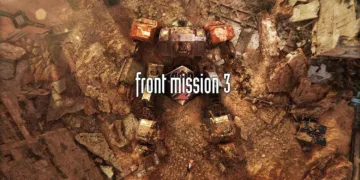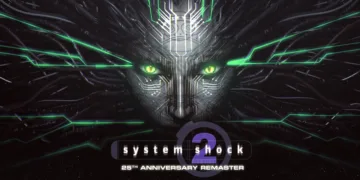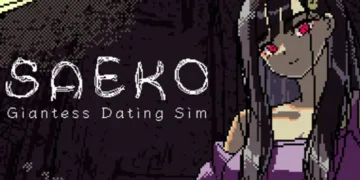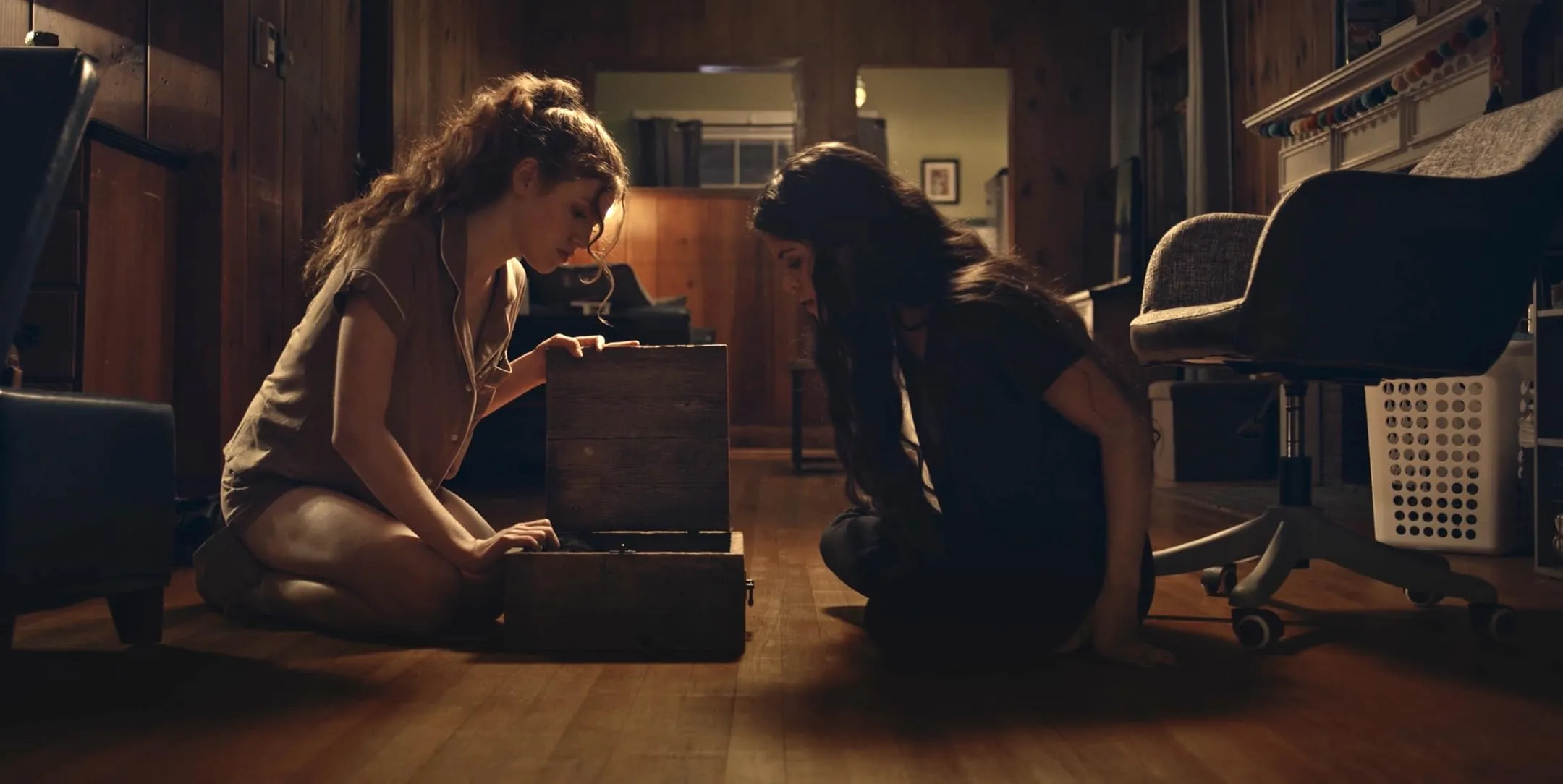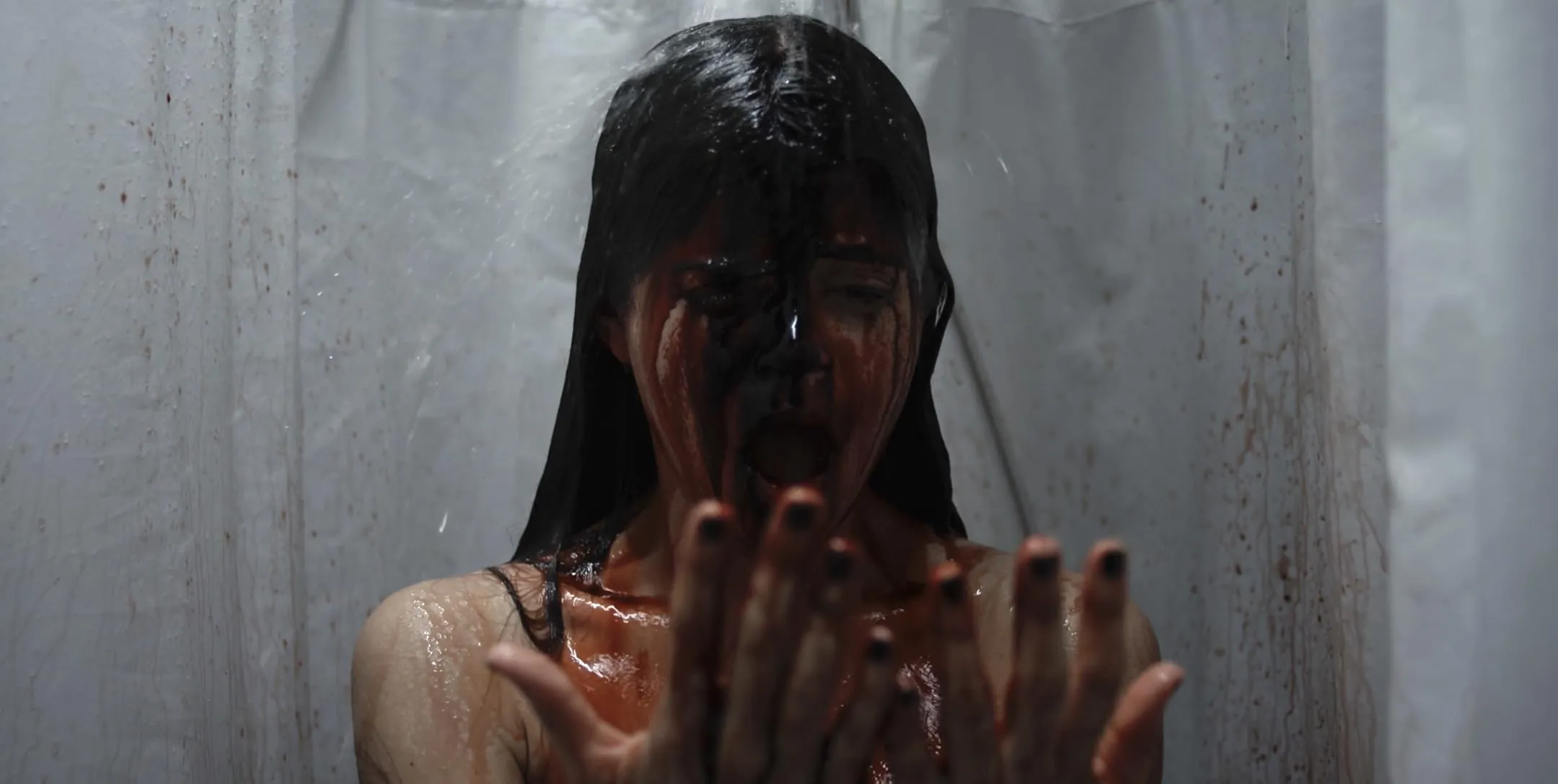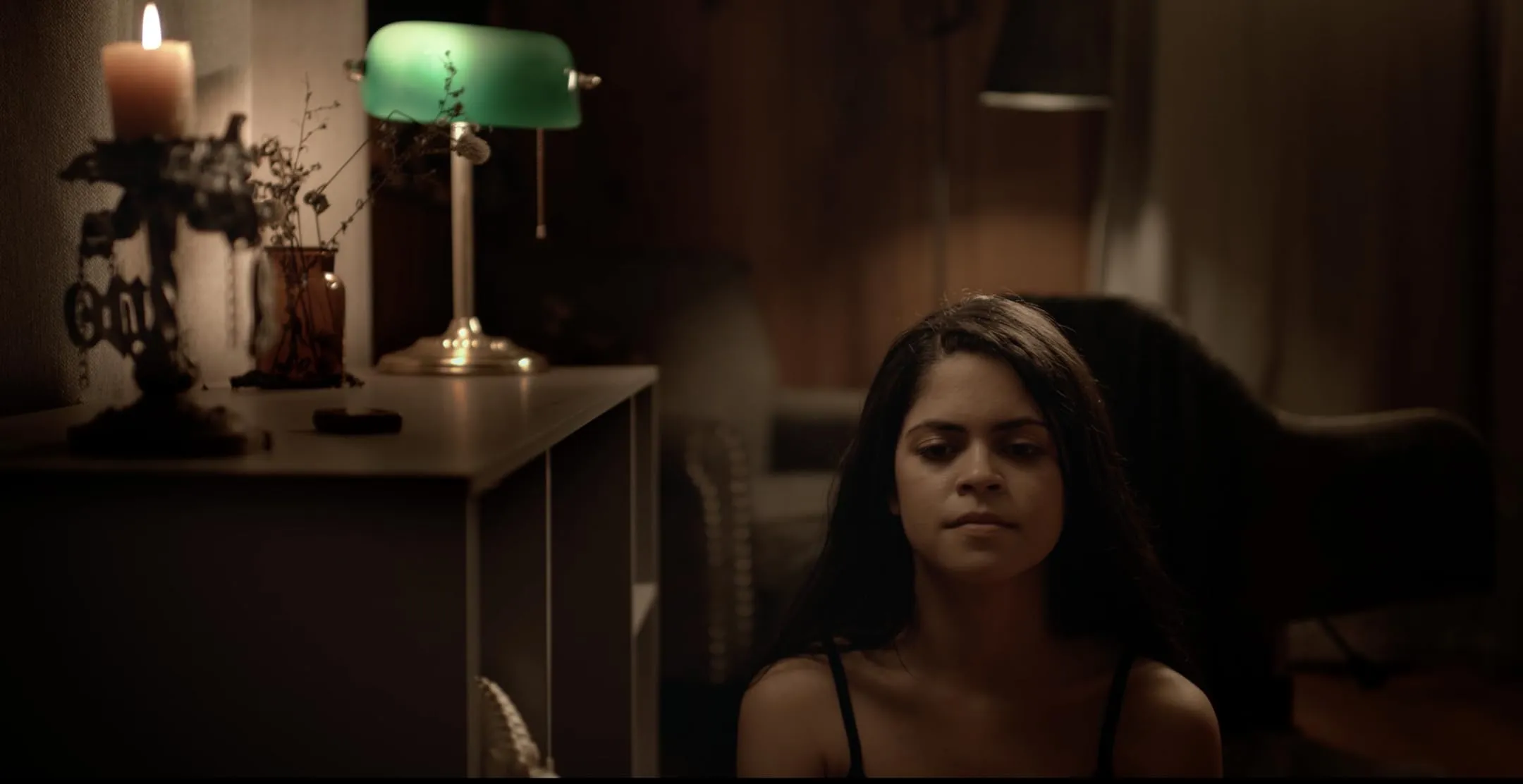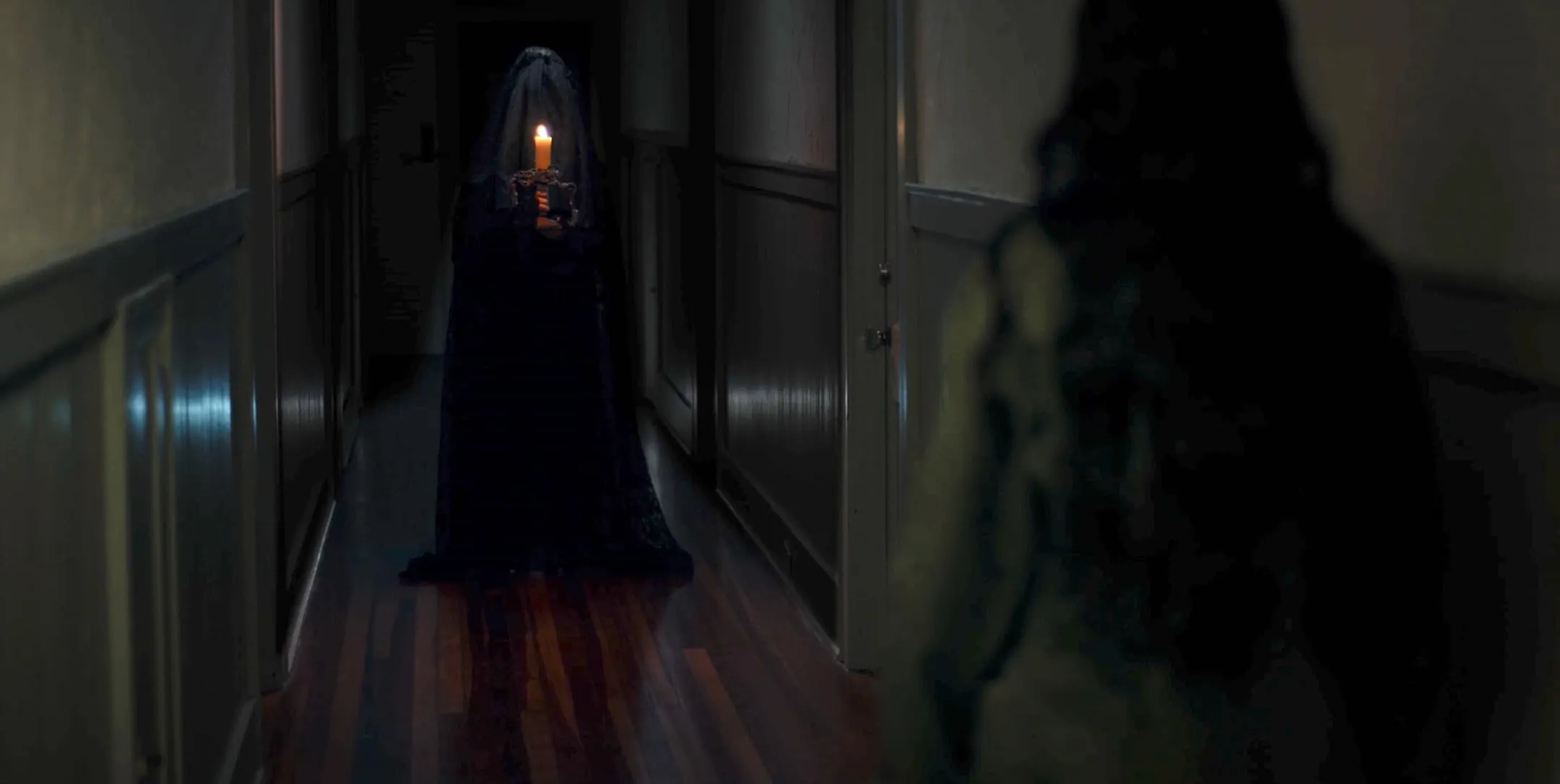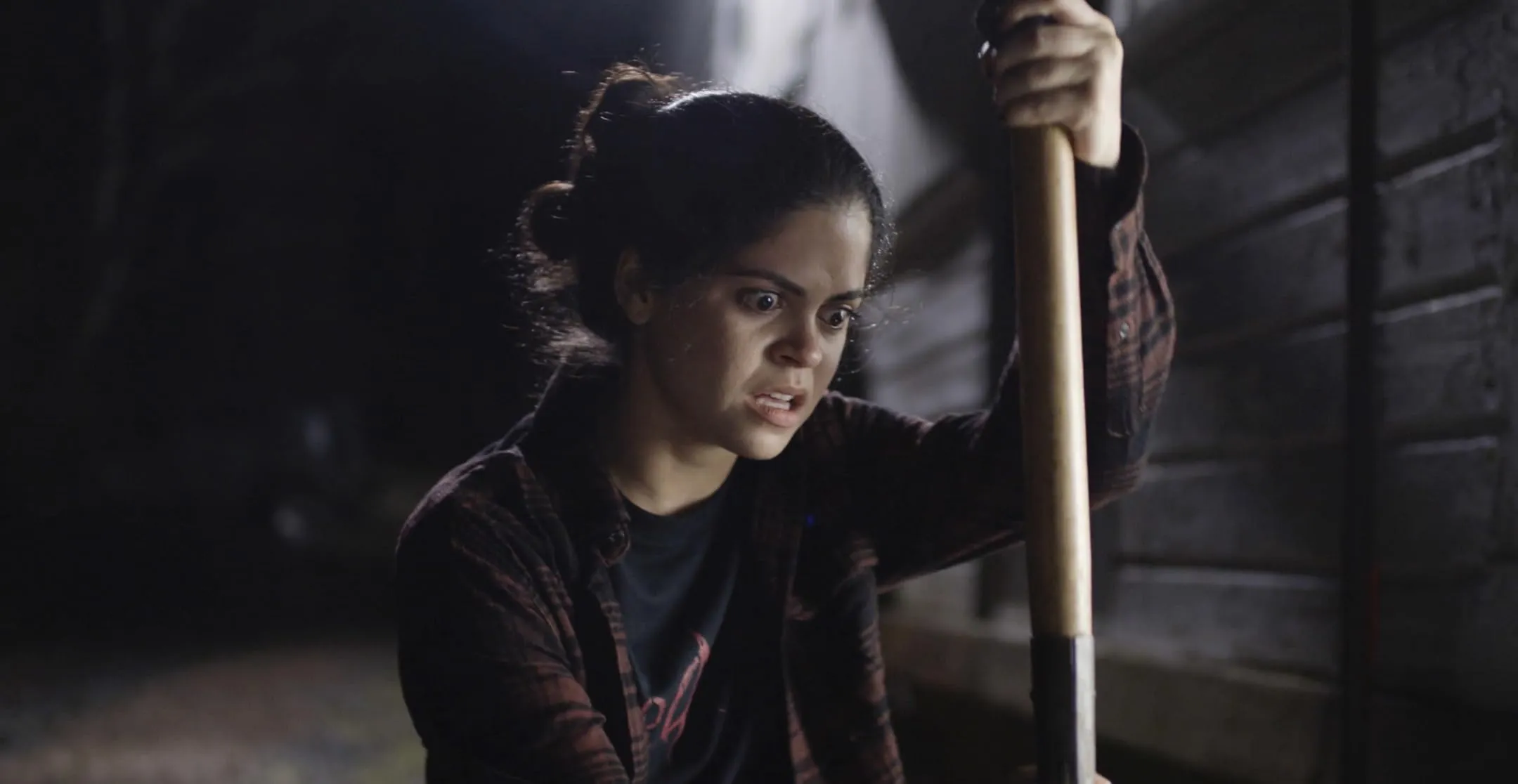A single question whispered in candlelight can blur the line between life and death. Are You There? (2025) marks director Kim Noonan’s entry into psychological supernatural thrillers, with a script by Brian S. Tedeschi and Vicki Vass that probes the edge of personal reality.
At its center is Rosa Gonzalez, a paranormal psychology student who inherits a ritual candle from her late grandmother. Tasked with asking “Are you there?” as the flame bends toward “sí” or “no,” Rosa sets out to reconnect with her abuela. Early on, the ceremony feels like controlled inquiry, but soon the ritual’s response plunges her into a waking nightmare.
Noonan’s film unfolds at an unhurried clip, letting dread simmer rather than erupt. Shadows deepen in every frame, while moments of silence amplify the unexpected creaks and whispers around Rosa. Beneath the supernatural shimmer lies a portrait of grief and unresolved trauma—the real force haunting every flicker of flame.
Mapping the Unseen: Narrative Threads in Are You There?
Rosa’s story begins in a cramped student apartment turned streaming studio. As a paranormal psychology major, she documents rituals live for her YouTube audience—until her grandmother’s gift arrives: a brass candlestick inscribed with “sí” and “no.” That moment of inheritance functions as the film’s spark, transforming scholarly curiosity into a personal experiment with otherworldly consequence.
The first ritual offers tidy answers: a gentle bend of flame toward “yes,” a thrill that lures both Rosa and her viewers deeper. Early on, the film tracks her growing bond with roommate Natalie, whose off‑camera jokes lighten the mood, and Travis, the friendly passerby whose skeptical questions ripple through the narrative. Each “yes” and “no” carries more weight as reality and performance begin to blur.
Midway, a sudden accident shatters the controlled environment. A down‑the‑rabbit‑hole sequence of fractured memories—fleeting flashbacks of Rosa’s childhood and her abuela’s hushed advice—slides in without warning. It calls to mind Godard’s abrupt temporal jumps in Breathless, asking us to piece together events as Rosa’s mind splinters.
The climactic ritual plays out in long takes. Noonan holds our gaze on Rosa’s face as the flame wavers, echoing her internal showdown with a force she may have summoned—or created. In the final beats, light and shadow merge so completely that we’re left wondering if closure ever arrives.
Throughout, the editing pace is spare. Scenes drift into one another with elliptical cuts that feel pulled from an indie arthouse frame, even as the story nods to mainstream horror tropes. Moments of silence extend just beyond comfort, then snap with a creak or distant whisper. It’s a rhythm that challenges expectations—inviting viewers to sit with uncertainty rather than racing for answers.
Embodying Unraveled Reality: Performances & Characterization
Laura Sollet anchors Are You There? with a performance that feels lived-in rather than staged. In early scenes, she carries Rosa’s academic poise—arched brows and measured speech—like a student lecturing her online viewers. As the candle’s flame flickers, Sollet tightens her jaw, lets her eyes dart, and gradually shifts into raw vulnerability.
There’s a moment midway when she stands before the candlestick, breath caught in her throat, and every tremor in her hands speaks louder than any scream. It’s a physicality that calls to mind Jeanne Moreau’s precise gestures in Jules et Jim, conveying terror through the smallest muscle tics.
Eva Meyerson’s Natalie offers a warm counterpoint. She’s the friend who tosses off a lighthearted quip before the next scare, grounding Rosa’s spiraling reality. Their rapport feels unscripted, the kind of off‑the‑cuff back‑and‑forth I admire in Noah Baumbach’s slice‑of‑life dramas. When Natalie vanishes from the storyline, the absence echoes through later scenes—those empty frames underscore Rosa’s isolation.
Chase Bridges as Travis brings outsider skepticism. His tenor voice, steady even amid candlelit chaos, pulls Rosa—and us—back toward doubt. When he questions her motives, the power dynamic flips: Rosa’s authority as “expert” cracks, and Bridges’ calm intensity reminds me of an unflappable jazz bassist holding the rhythm section together.
Supporting players follow arcs that feel purposeful: a late cameo recontextualizes earlier dialogue, hinting at buried secrets. Most exchanges avoid stilted exposition; Tedeschi and Vass pepper in authentic asides—Rosa’s muttered frustrations at technical glitches, Travis’s half‑smiles when he’s out of his depth. It winds characters through believable shifts, transforming them from archetypes into people you’d actually invite over for coffee—if you dared.
Illuminating Dread: Visual & Sonic Craftsmanship
From its first frame, Are You There? feels painted in indigo and slate. Noonan leans heavily on practical candlelight—those small pools of amber glow—not only to puncture the gloom but to chart Rosa’s emotional arc. As her grip on reality loosens, the palette seeps into warmer reds and oranges, a choice that reminded me of the bold shifts in Godard’s color experiments. The result is a chiaroscuro effect that traps you in every corner of Rosa’s world.
Camera work is deliberate and intimate. Many shots sit static in Rosa’s apartment, walls closing in like the corners of a jazz club at 2 a.m., where every note feels magnified. Then, without warning, we drop into her POV: the frame teeters, breathing with her fear. Slow dolly moves or extended holds build suspense in a way that feels more art‑house than multiplex, nodding to the indie spirit of filmmakers like Greta Gerwig before her narrative swings mainstream.
Production design leans into Gothic touches—heavy drapes, tarnished brass of the candlestick, faded family photos. Mirrors recur as visual leitmotifs, doubling sense of instability: is that reflection another presence, or simply Rosa’s fractured mind?
Where practical effects shine—literally—in the candle’s wavering flame, some digital wobbles across later spirit sequences feel slightly out of sync, like a drummer off‑beat in an otherwise tight jazz ensemble. That said, these moments are sparse and quickly eclipsed by the film’s sound design.
The soundtrack is economical: a few unsettling piano chords, long stretches of silence, then sudden crescendos when the wick bends toward “sí” or “no.” Ambient creaks, distant whispers, and the tinny hiss of Rosa’s livestream audio ground the supernatural in everyday reality. It’s an approach that proves less can often be more, letting suspense arise from what we hear—or don’t hear—rather than relentless musical cues.
Hidden Currents: Themes & Subtext
Rosa’s candle rituals begin as a way to soothe her grief but quickly expose the raw edge of loss. Her grandmother’s death isn’t background noise—it’s the engine driving every whispered plea. The film treats memory like a jazz solo, looping back on itself with variations that feel both familiar and unsettled. Flashbacks fracture across scenes, making it hard to tell if we’re witnessing past regrets or waking nightmares.
Noonan keeps us guessing whether the terror comes from outside forces or from Rosa’s own mind. As a former psychology major, she leaned on academic frameworks for comfort; now she’s living those theories. It’s a modern spin on traditional supernatural horror, reframing parapsychology not as novelty but as lived experience.
The candle’s heritage anchors the story in Cuban rituals. That cultural thread grounds the supernatural in family history—her abuela’s guidance woven through each bending flame. It’s a reminder that trauma travels across generations, carried in heirlooms and whispered instructions.
At the same time, Rosa’s livestream antics critique our hunger for spectacle. Millions watch her experiments for amusement, yet none can step in when she spirals. There’s something sharply relevant about a starved-for-attention generation that still feels alone at peak follower counts.
Memory and perception shift like light through stained glass. Angled shots and quick cuts raise the question: when Rosa sees a shadow, is it real or a fragment of wishful thinking? It echoes the way Truffaut played with subjectivity in Jules et Jim, asking viewers to assemble truth from scattered pieces.
Finally, connection feels both vital and brittle. Natalie’s few warm scenes highlight the human touch Rosa craves, while her fans remain distant observers. The film asks whether real community can exist behind screens—and whether it can heal what candlelight cannot.
Behind the Frame: Direction, Screenplay & Technical Execution
Kim Noonan’s first feature shows a clear voice. She sets a steady tempo, allowing scenes to breathe before tightening the focus as tension mounts. From Rosa’s hushed preparatory moments to the sudden flare of dread when candlelight warps, Noonan trusts the audience to feel unease rather than spell it out. That restraint carries echoes of French New Wave tenets—think Godard refusing tidy explanations—and gives the film its measured pulse.
Writers Brian S. Tedeschi and Vicki Vass layer ambiguity into their structure. Early chapters feel precise: grounded academic chatter about parapsychology, naturalistic exchanges that mirror real online banter. But certain side arcs—like a subplot around Travis’s late arrival—fade without payoff, leaving narrative traces that hint at unrealized ideas. The core tension stays sharp, yet a few strands drift without clear resolution.
Editing choices underline Noonan’s approach. Long takes in Rosa’s apartment let dread set in, while abrupt cuts into memory fragments feel like a jazz drummer dropping a stuttered beat—unexpected but rhythmically appropriate. Some scenes linger just past comfort, reinforcing that slow‑burn anxiety. Cross‑cutting between ritual and flashback sometimes blurs clarity, asking viewers to piece together emotional truth rather than handing it over.
Working with a lean budget, the crew fashions clever set pieces: a single room becomes a shifting labyrinth of reflection and shadow. The small cast enhances intimacy; each performance fills the frame without feeling crowded.
Horror elements arrive sparingly. A handful of jump scares snap the stillness, but more often tension arises from what we hear—or don’t hear. Rules of the candle ritual are introduced with academic precision, then bent in later acts, keeping the film unpredictable while honoring its own logic.
Balancing Shadows: Strengths, Shortcomings & Audience
Are You There? rides on Laura Sollet’s tour‑de‑force turn as Rosa, a performance that marries fragility with steely resolve. Visually, the ritual imagery is striking: candlelight shifting from cool blues to molten reds becomes a language of its own. Noonan’s blend of psychological dread and supernatural tension feels deliberate, never trading depth for cheap scares. The film’s thematic tapestry—grief woven through cultural heritage, the isolation of influencer culture, and the slippery nature of memory—gives it a richness that lingers.
That ambition occasionally overreaches. Act II stumbles with underdeveloped subplots, leaving characters like Travis drifting in the margins. A few CGI spirit effects interrupt the otherwise tactile atmosphere, jolting us out of the film’s lived‑in reality. Narrative threads appear—then vanish—like a whisper in a drafty room, hinting at ideas that never fully materialize.
This is a picture for slow‑burn enthusiasts: if you appreciated the patient unease of Talk to Me or the character focus of 1408, you’ll find plenty to admire here. It favors mood and performance over spectacle, inviting viewers to settle into its shadowed corners rather than sprint through jump scares.
Even with its imperfections, the film offers a thoughtful study of trauma’s echo, more intimate and unsettling than your average ghost story.
Full Credits
Director: Kim Noonan
Writers: Brian S. Tedeschi, Vicki Vass
Producers and Executive Producers: Brian S. Tedeschi, Vicki Vass, Kim Noonan, Koji Steven Sakai, Stanley Yung, Mike Meade, Wayne Halper
Cast: Laura Sollet, Eva Meyerson, Madison Geiger, Mbeng Klovis, Chase Bridges, Kay Galvin, Maria Gajdosik, Nicholas Haren, Norah Daniel, Sarah Elisa Delanuez, Colin Glascott, Alyssa Hildenbrand, Ashlyn Horton, John Oliver, Isabelle Western
Director of Photography (Cinematographer): John Orphan
Editor: Travis Greene
Composer: Janet Phillips
The Review
Are You There?
Are You There? is an intimate, mood‑driven supernatural thriller anchored by Laura Sollet’s powerful performance and Kim Noonan’s measured direction. Striking visuals and a thoughtful exploration of grief and cultural heritage elevate familiar ghost‑story tropes, even as occasional pacing lags and uneven CGI momentarily pull you out. Its slow‑burn tension rewards patient viewers with an emotionally resonant experience.
PROS
- Laura Sollet’s nuanced, emotionally charged lead performance
- Rich atmosphere created by candlelit visuals and sparse sound design
- Insightful exploration of grief, cultural heritage, and online isolation
- Effective slow‑burn tension that favors mood over cheap scares
- Creative indie production design and practical effects
CONS
- Mid‑film pacing dips and uneven subplot resolution
- Occasional CGI moments feel out of place
- Some narrative threads introduced but never followed through
- Limited development of supporting characters


































